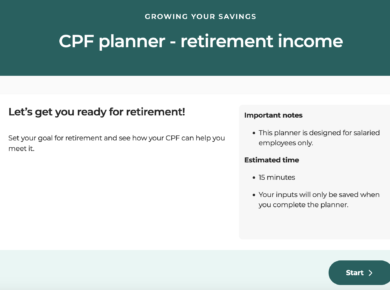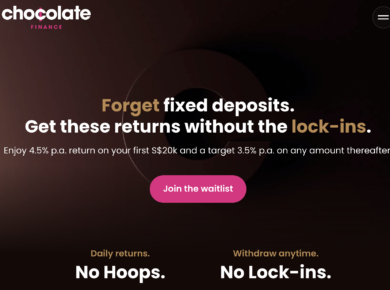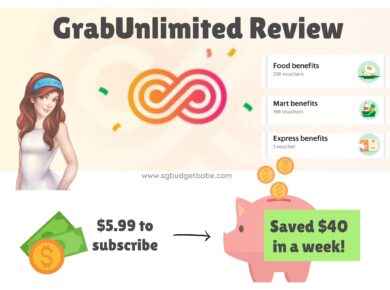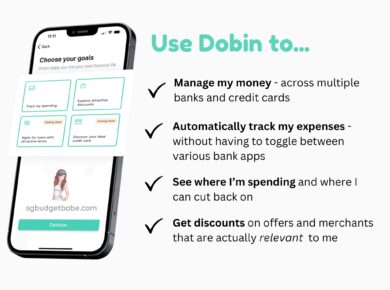What is your level of financial freedom? While this is most measured quantitatively, there has been more discussions in recent years on the emotional freedom that money can bring you. Stewart Butterfield, founder of Slack and Flickr, introduces his 3 levels of financial freedom. Which level are you at?
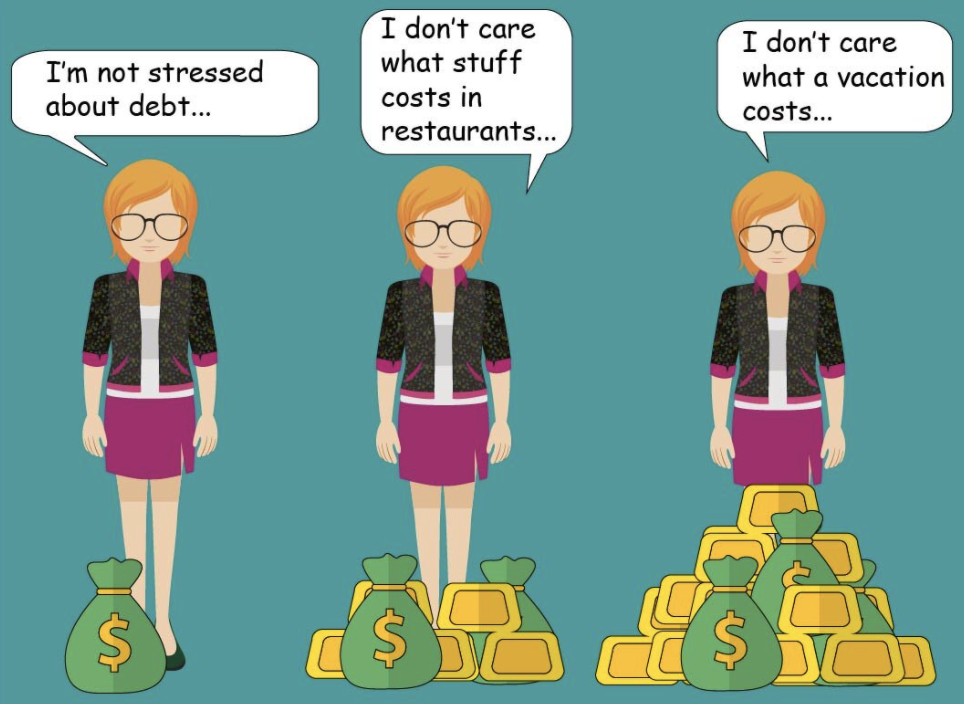 |
| Source credits: Oakview |
My friend Kyith wrote a really interesting post over the weekend that I wanted to highlight here as well – you can read the original article here. What caught my eye was the 3 levels of financial freedom that was quoted from Stewart Butterfield:
- Level 1: I’m not stressed out about debt.
People who no longer have to worry about their loans or credit card debts.
- Level 2: I don’t care what stuff costs.
How much you spend on a meal isn’t determined by how (little) money you have anymore. In other words, if you eat at a hawker centre, it is because you want to rather than you having no other choice.
- Level 3: I don’t care how much vacation costs.
You have the freedom to go, or bring your loved ones, on a vacation without having to fuss too much about every single cent.
As I’ve shared previously on this blog, it is no fun being broke and poor. The emotional and mental stress that comes from having to calculate and monitor every single cent spent can be overwhelming, which was why I was so determined to break out of the cycle by:
- clearing my high-interest debts
- increasing my income (through career progression + side hustles)
- ensuring I’m always protected against life’s largest financial bills
- investing the rest
Over the years, I’m really glad that I’ve improved my financial status from Level 1 to being a comfortable Level 2 – 3 today. That wouldn’t have been possible if I didn’t do the 4 steps above.
Depending on where your financial health is currently at, the steps that you’ll need to take will differ. I highly recommend that you start by doing a quick self-check by either with DBS NAV Planner or OCBC Financial OneView – both of which are free tools that you can sync with SG FinDex for a holistic view of your finances across your income, savings, credit cards, CPF and more.
Knowing where you are – and where you need to be – will help you plan out the steps to take next.
There’s only so much expenses you’ll be able to cut before it starts getting too painful, but avoiding lifestyle creep will be the easiest to prevent your expenses from spiralling out of control. A more sustainable way would to combine that with boosting your income, and if you’re smart about it, you can even end up saving 100% of your salary as a result.
Of course, don’t make the mistake of being uninsured (or under-insured) especially in areas where it matters. (Having a decent hospitalisation plan, critical illness coverage or cancer insurance and even disability insurance for yourself and covering your children are basic essentials that you probably want to consider.) You should also make sure that you’re not overpaying for insurance.
It doesn’t end there – you’ll need to invest for the foreseeable future as well. This can be done in a relatively passive manner (such as through robo-advisors or ETFs – learn how to do so here) or via a more active approach for greater potential returns.
Of course, my journey isn’t over yet.
But if I can do it, so can you.
With love,
Budget Babe



